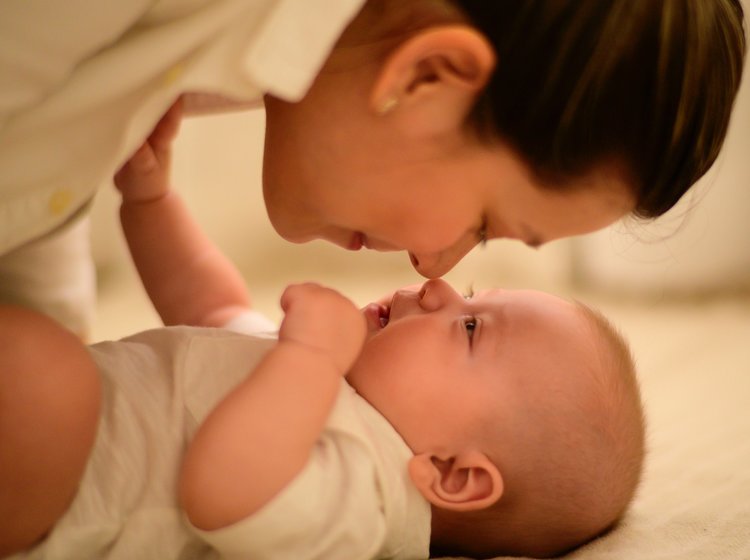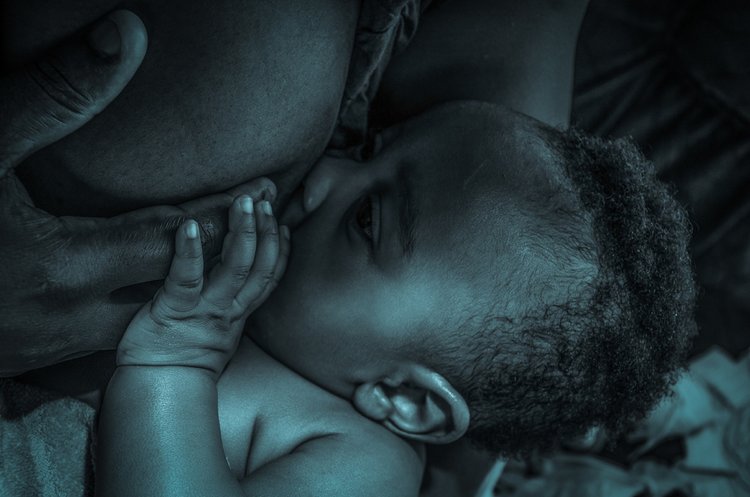
Sleep and safety around sleep arrangements is important for everyone who cares for your baby. There are steps you can take to make sure that your baby’s sleep environment is as safe as possible. The American Academy of Pediatricians (AAP) recommends that babies sleep safest alone (on a separate surface from their parents, siblings, or pets), on their backs (not their sides or stomach), and in a crib without pillows and toys. When babies start rolling, they may end up rolling to different positions on their own, but it is always recommended to lay them down on their backs. Babies should not be swaddled for sleep once they start rolling. Care should also be taken not to overheat the baby by dressing them in too many layers or keeping the room too warm. It is also safer to use a sleep sack instead of a blanket which can accidentally cover the baby’s face.
Be sure not to have balloons floating anywhere near your baby. Safeguard plastic bags and other potential suffocation hazards so that a sibling could not throw them into baby’s sleep area. The AAP further recommends that baby cribs, bassinets, or play yards be located in the same room as their parent for the six months of life. It is important to consider your baby’s safety for every sleep, including during the day and with caregivers such as grandmothers and in child care settings.
Following these steps in addition to exclusive breastfeeding and not smoking can greatly reduce the risk of Sudden Infant Death Syndrome (SIDS) and other sleep-related causes of death caused by suffocation and strangulation.
It is important to follow safe sleep practices for every nap and nighttime sleep, but this can be challenging when everyone is tired and when other people are watching your baby. For example, people may fall asleep with a baby on a couch, chair, or recliner, which creates a very dangerous environment for infants.
It can be helpful to make a nighttime parenting plan. Here are some ideas:
- Consider sleeping in shifts. This means that one caregiver is responsible for responding to infant cues and maintaining a safe sleep environment for part of the night, while the other caregiver or support person takes responsibility for the remainder of the night.
- When you wake up to care for your baby, feed (or cuddle) on an adult bed. The AAP recommends this arrangement instead of sitting on a couch or chair, because of the possibility of the caregiver falling asleep. You may also want to set a timer on your cell phone to alert you in case you unintentionally fall asleep.
- If you bring your baby into bed to feed or comfort them, make sure there are no pillows, top sheets, blankets, or any other items that could cover your baby’s face, head, and neck, or overheat your baby in the case that you do fall asleep while caring for your baby.
There are several factors that contribute to where babies sleep. Some parents have decided to intentionally bed share, and some parents bed share sometimes or part of all of the night without planning on it. The Baby Sleep Information Source has created a free booklet that you can download called Where might my baby sleep?
As with all parenting strategies, there are benefits and risks. The AAP guidance is to be extra cautious of bed sharing with your baby if:
- Your baby is younger than 4 months old.
- Your baby was born prematurely or with low birth weight.
- You or any other person in the bed smokes or vapes (even if you/they do not smoke in bed).
- The mother of the baby used tobacco during pregnancy.
- You have taken any medicines or drugs that might make it harder for you to wake up.
- You drank any alcohol.
Tell every caregiver about the latest understanding of the ways to keep your baby safe. This includes babysitters, grandparents, partners, siblings, and childcare providers.
There are free resources for parents, caregivers, clinicians, and more at SafeSleepNC.org. There are video reels that address specific sleep FAQs about infant sleep and why safe sleep is important.
Click HERE to read the full list of safe infant sleep recommendations from the American Academy of Pediatrics.


